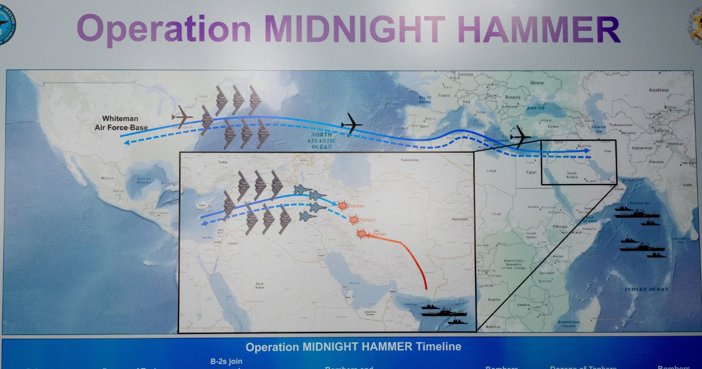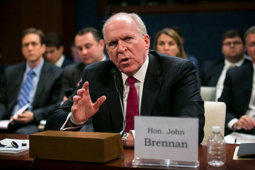
White House Reaffirms Success of Iran Nuclear Strike
White House affirms Iran nuclear sites were destroyed in US raid, despite reports some enriched uranium survived.
White House Defends Outcome of Operation Midnight Hammer
The White House has reiterated its confidence in the success of Operation Midnight Hammer, the June 21 airstrike on Iran’s nuclear facilities, following a report suggesting that some enriched uranium stockpiles may have survived the attack. The statement comes amid new analysis by Israeli officials, cited by The New York Times, indicating that a portion of near-bomb-grade uranium stored underground may remain accessible to Iranian nuclear engineers.
Anna Kelly, a White House deputy press secretary, responded to questions about the report, stating, “As President Trump has said many times, Operation Midnight Hammer totally obliterated Iran's nuclear facilities. The entire world is safer thanks to his decisive leadership.”
President Donald Trump has consistently maintained that the coordinated US military operation “obliterated” the core of Iran’s nuclear program. The strike, led by B-2 stealth bombers and supported by US Navy cruise missile launches, targeted three key nuclear sites: Fordow, Natanz, and Isfahan. Trump addressed the nation after the attack, stating, “Iran's nuclear enrichment facilities have been completely and totally obliterated. And Iran, the bully of the Middle East, must now make peace. If they do not, future attacks would be far greater and a lot easier.”
Operation Details and Ongoing Debate
Operation Midnight Hammer began in the early hours of June 21, as B-2 bombers took off from Whiteman Air Force Base, Missouri, undertaking a complex 18-hour flight to the target zone. The mission included coordinated support from Central Command and the US Navy, which launched over two dozen Tomahawk cruise missiles at strategic infrastructure. In total, 14 Massive Ordnance Penetrator (MOP) bunker-buster bombs were dropped on Iran’s heavily fortified Fordow and Natanz facilities. Tomahawk missiles completed the strike package by hitting targets at Isfahan.
White House and Pentagon officials have vigorously pushed back against claims that the mission’s effectiveness has been exaggerated. Defense Secretary Pete Hegseth, speaking at last month’s NATO summit, criticized media outlets such as CNN and The New York Times, accusing them of trying to “spin” the facts for political purposes. “The skill and the courage it took to go into enemy territory flying 36 hours on behalf of the American people and the world to take out a nuclear program is beyond what anyone in this audience can fathom,” Hegseth stated, emphasizing the complexity and precision of the operation.
The Pentagon has also dismissed concerns about potential leaks and partial information cited in recent reporting. Hegseth described efforts to undermine the mission’s outcome as politically motivated and not reflective of the military’s achievements. “There’s a reason the president calls out fake news for what it is,” Hegseth said. “They want to spin it to try to make him look bad based on a leak.”
As debate continues, the White House remains firm in its narrative, crediting President Trump’s leadership and the US military for significantly diminishing Iran’s nuclear capabilities. The administration maintains that the world is now safer and warns that any further aggression from Iran will be met with even stronger responses.






